Choosing the Right Handle Size for Kitchen Cabinets
When it comes to designing your kitchen, even the smallest details can make a big difference. One such detail is the size of the handles on your kitchen cabinets. While it may seem like a minor decision, the size of your cabinet handles can have a significant impact on both the aesthetic appeal and functionality of your kitchen. In this guide, we’ll discuss the factors to consider when choosing the right handle size for your kitchen cabinets.

Aesthetics and Style
The size of your cabinet handles can greatly influence the overall aesthetic of your kitchen. Larger handles tend to make a bolder statement and can create a more modern or contemporary look, while smaller handles often lend themselves to a more traditional or classic style. Consider the existing decor of your kitchen and choose handles that complement the overall design theme. For example, sleek, minimalist handles may be better suited to a modern kitchen with clean lines, while ornate handles with intricate details could enhance the charm of a vintage-inspired kitchen.
In addition to considering the style of the handles themselves, think about how they will complement other elements in your kitchen, such as the finish of your cabinets and appliances. For a cohesive look, choose handles that coordinate with the existing hardware and fixtures in your kitchen. This attention to detail can elevate the overall design and create a polished, cohesive look.

Comfort and Ergonomics
Beyond aesthetics, it’s important to consider the practical aspects of handle size, particularly in terms of comfort and ergonomics. Handles that are too small or too large can be uncomfortable to use, especially if you have larger hands or mobility issues. Opting for handles that are the right size and shape for your grip can make tasks like opening and closing cabinets much easier and more comfortable, especially if you frequently use your kitchen for cooking or entertaining.
When selecting handle sizes, consider how they feel in your hand and whether they provide enough surface area for a comfortable grip. Rounded or curved handles can be more ergonomic than those with sharp edges, as they conform to the natural shape of your hand. Additionally, consider the placement of the handles on the cabinet doors and drawers to ensure they are easy to reach and operate from various angles.
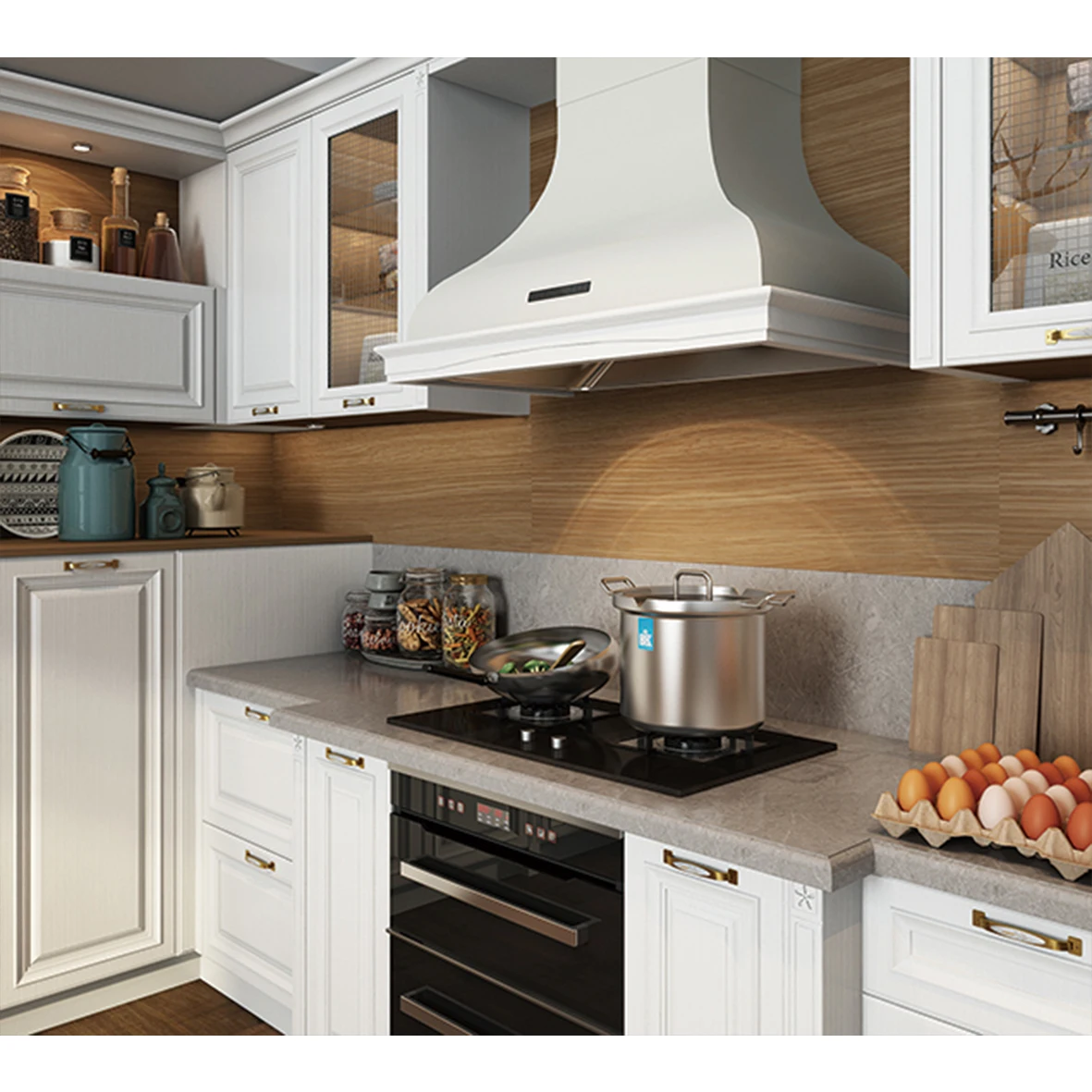
Functionality and Practicality
In addition to comfort, it’s important to consider the practicality of the handle size to the size and weight of the cabinet doors and drawers. Larger, heavier doors may require larger handles to provide enough leverage for easy opening and closing. Conversely, smaller handles may be sufficient for lighter doors or drawers in areas like upper cabinets or pantry doors.
Think about how often you use each cabinet and the amount of force required to open and close them. Handles that are too small or poorly positioned can make it difficult to access the contents of your cabinets, leading to frustration and inconvenience. By choosing handles that are appropriately sized and strategically placed, you can improve the functionality of your kitchen and streamline your daily routines.
Proportions and Scale
Lastly, consider the proportions and scale of your kitchen cabinets when choosing handle size. The size of your handles should be proportional to the size of the cabinet doors and drawers to create a visually balanced look. Oversized handles on small cabinets can overwhelm the space and detract from the overall design, while undersized handles may appear disproportionate or insignificant on larger cabinets.
To maintain harmony and balance in your kitchen design, aim for handles that are proportionate to the size of the cabinets and consistent in scale throughout the space. This will help create a cohesive look that feels intentional and well-planned. Experiment with different handle sizes and configurations to find the perfect balance between form and function for your kitchen.
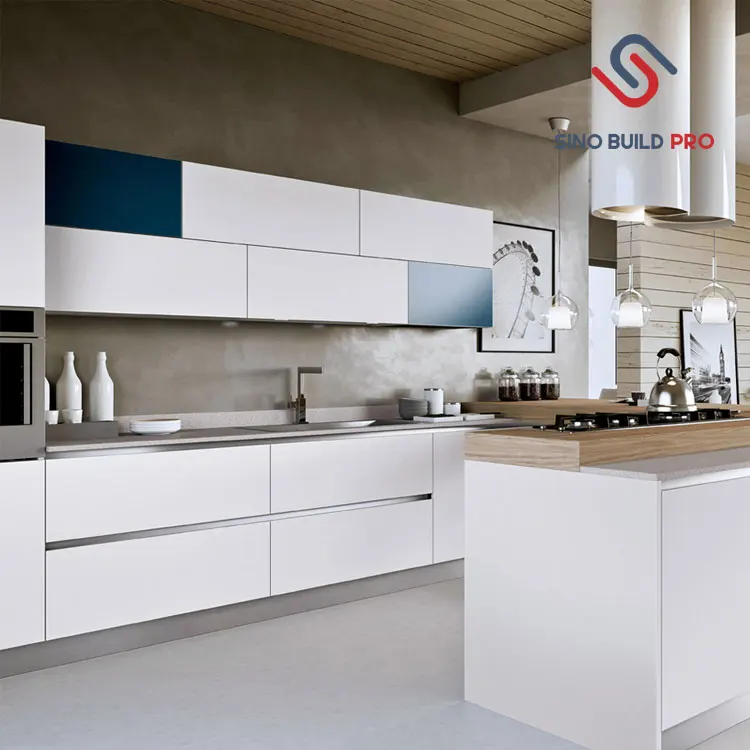
Common Mistakes to Avoid
Ignoring Comfort: Choosing handles based solely on their appearance without considering how they feel in your hand can lead to discomfort and frustration during everyday use.
Overlooking Proportions: Failing to consider the scale and proportions of your handles in your cabinets can result in a mismatched or unbalanced look.
Disregarding Functionality: Opting for handles that are too small or poorly positioned can hinder the functionality of your cabinets and make them more difficult to use.
Neglecting Cohesion: Forgetting to coordinate the style and finish of your handles with other elements in your kitchen can disrupt the cohesive look of the space.
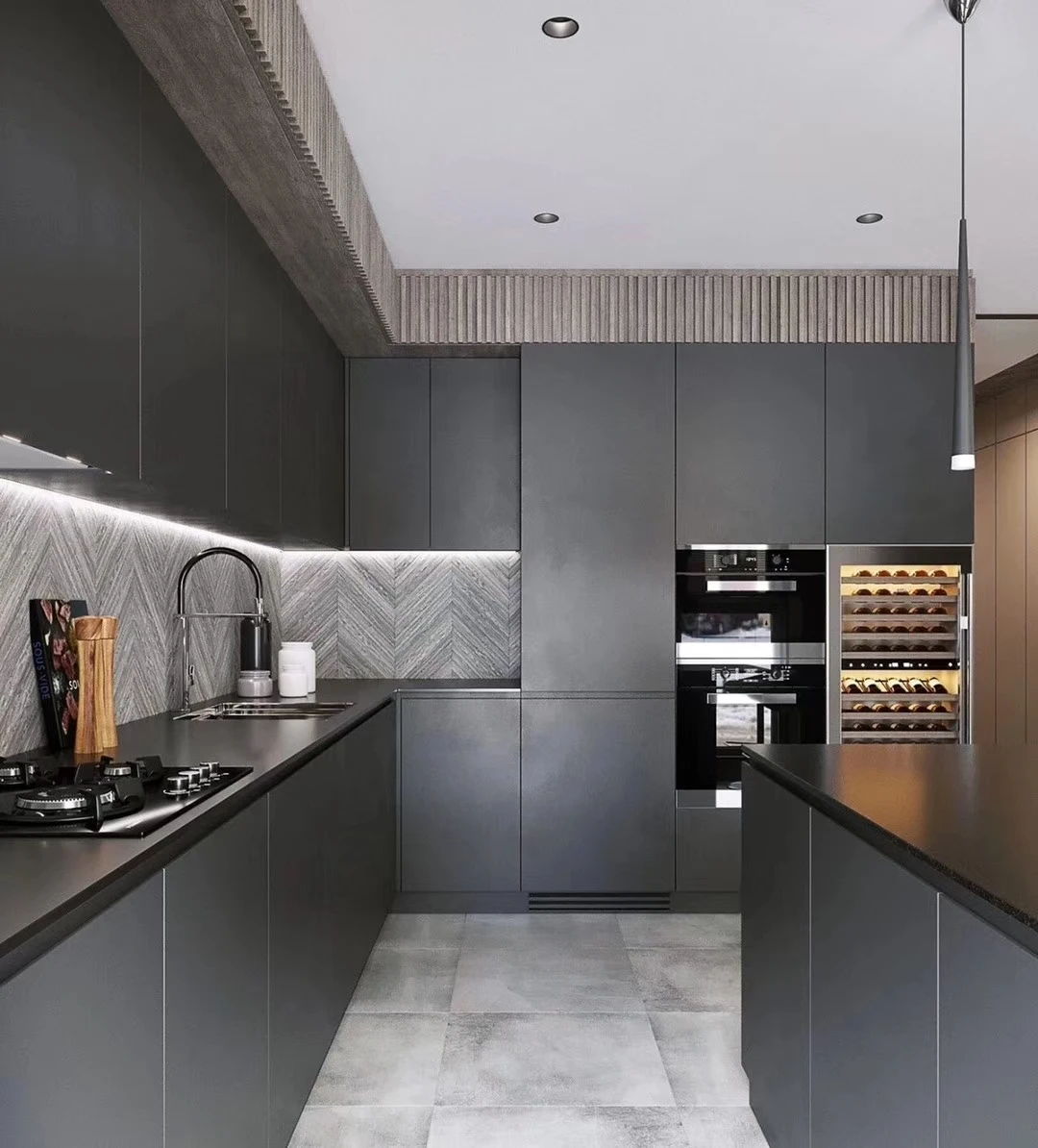
What is the standard size for kitchen cabinet handles?
Standard sizes for cabinet handles typically range from 3 inches to 8 inches in length, depending on personal preference and the size of the cabinets.
How do I determine the right handle size for my cabinets?
Consider factors such as aesthetics, comfort, functionality, and proportions when choosing handle size. Test different sizes and styles to find what works best for your kitchen.
Should I match the handle size for all cabinets in my kitchen?
While it’s not necessary to use the same handle size for every cabinet, maintaining consistency in style and scale can help create a cohesive look throughout the space.
Are there specific handle styles that work best for certain kitchen designs?
There isn’t a one-size-fits-all answer to this question, as the best handle style will depend on the overall design aesthetic of your kitchen. However, certain styles may complement specific design themes better than others.
Can I install cabinet handles myself, or should I hire a professional?
Installing cabinet handles is a relatively straightforward DIY task that many homeowners can tackle themselves with the right tools and guidance. However, if you’re unsure or uncomfortable with the process, it’s always best to consult a professional for assistance.
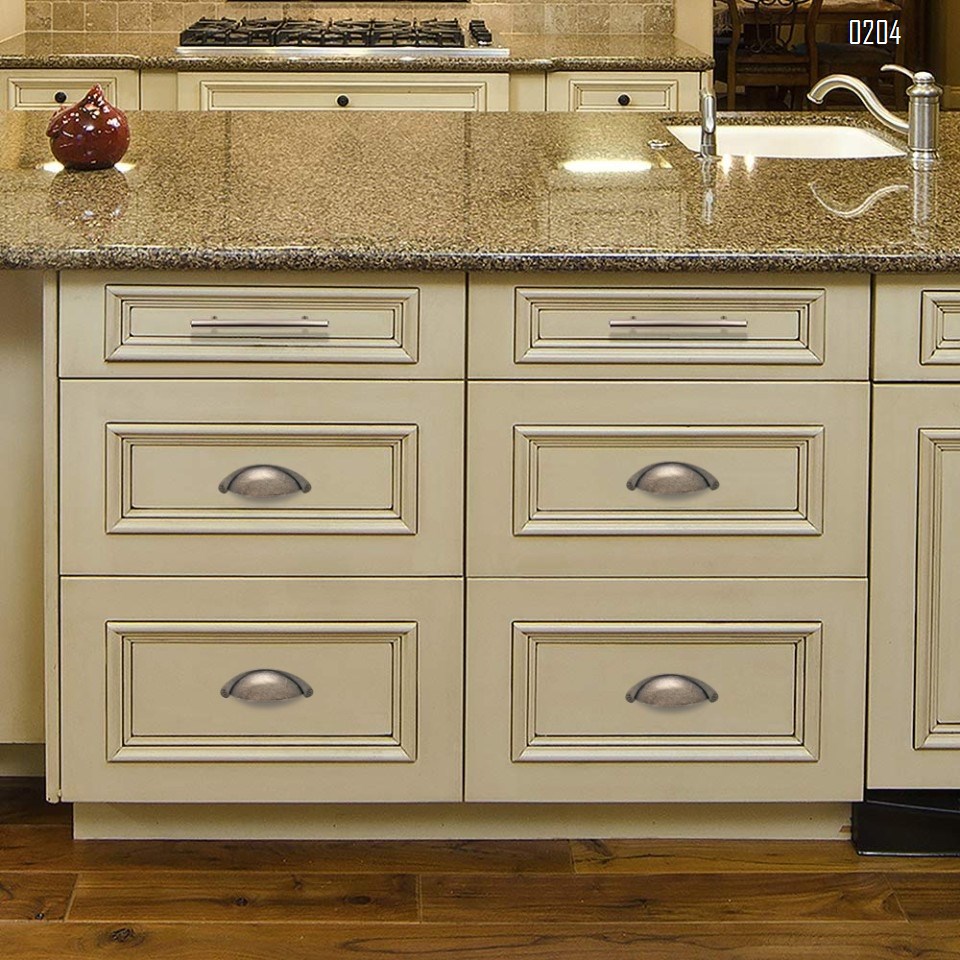
Sage Kitchen Cabinets
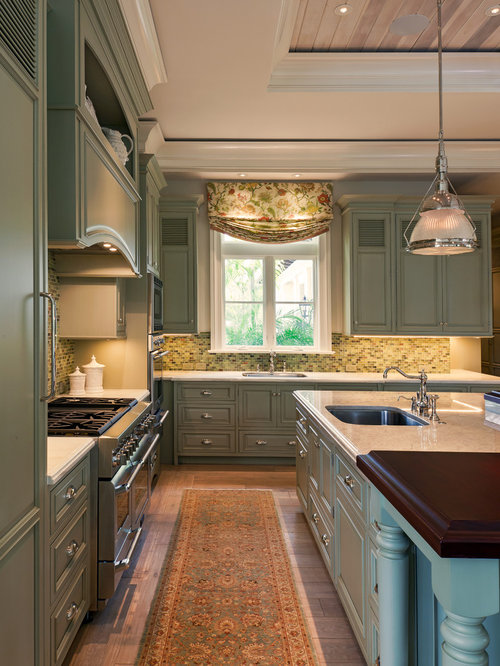
Related Posts:
- How To Redo Kitchen Cabinets Cheap
- Galley Kitchen Cabinet Design
- How To Stain Your Kitchen Cabinets
- Kitchen Cabinet Design For Apartment
- Green Color Kitchen Cabinets
- Dark Kitchen Cabinets Decorating Ideas
- Farmhouse Kitchen Cabinet Colors
- Standard Height Of Top Kitchen Cabinets
- Faux Kitchen Cabinets
- Stainless Steel Wall Cabinets Kitchen